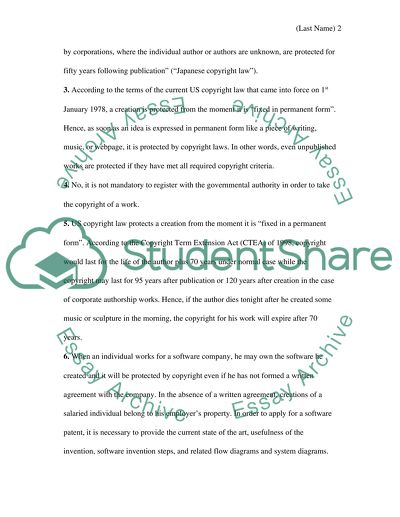Cite this document
(“Intellectual Property Rights Essay Example | Topics and Well Written Essays - 1250 words”, n.d.)
Retrieved de https://studentshare.org/law/1390570-intellectual-property
Retrieved de https://studentshare.org/law/1390570-intellectual-property
(Intellectual Property Rights Essay Example | Topics and Well Written Essays - 1250 Words)
https://studentshare.org/law/1390570-intellectual-property.
https://studentshare.org/law/1390570-intellectual-property.
“Intellectual Property Rights Essay Example | Topics and Well Written Essays - 1250 Words”, n.d. https://studentshare.org/law/1390570-intellectual-property.


